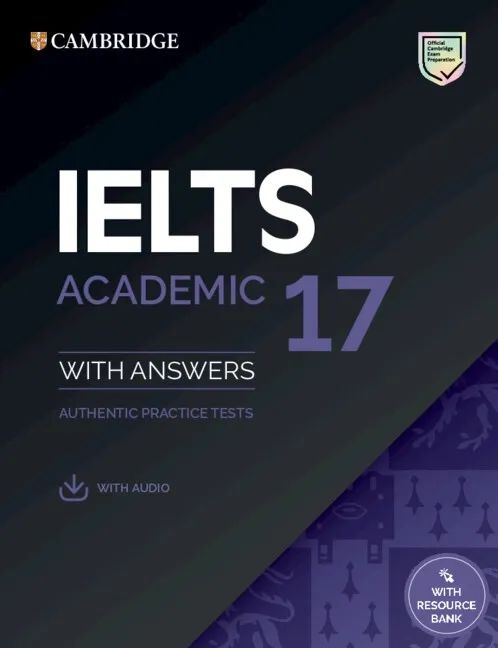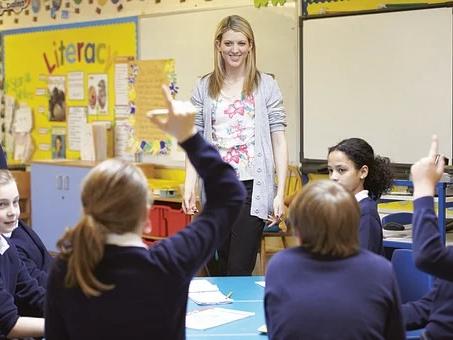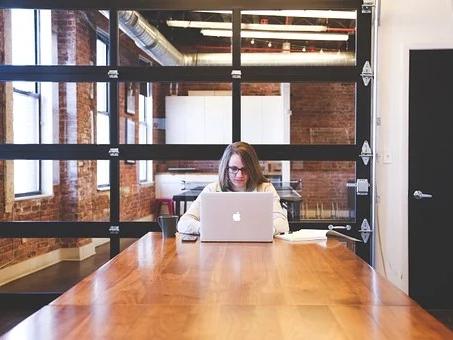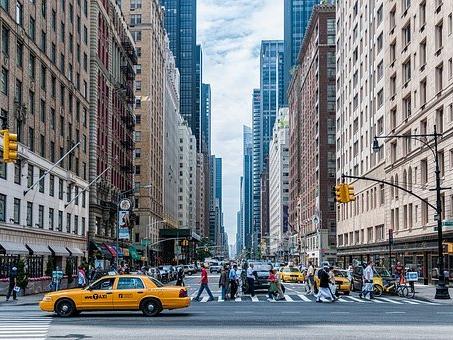雅思小作文高分范文含名师点评——饼状类
雅思小作文高分范文含名师点评——饼状类 本文为大家分享雅思口语考试高频话题,关于广告类的口语话题,大家可以提前准备哦!更多雅思备考素材,可联系网站客服老师领取
题目
The first chart below shows how energy is used in an average Australian household. The second chart shows the greenhouse gas emissions which result from this energy use.
Summarise the information by selecting and reporting the main features, and make comparisons where relevant. (C10T1)
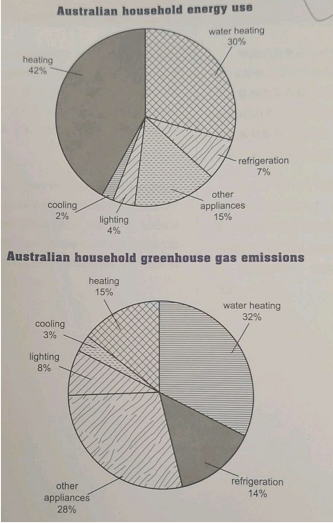
范文
Energy consumption of an average Australian family for six different purposes is illustrated by the first pie chart, and meanwhile how much greenhouse gas each purpose causes is revealed by the second pie.
Both heating and water heating contribute nearly three quarters of the total, with heating accounting for 42% and water heating 30%. Only 15% of energy consumption is the combined result of the use of other appliances. Figures for the other three items are all less than 10%, with refrigeration making up 7%, lighting 4% and cooling constituting the most Insignificant share (only 2%).
60% of greenhouse gas emissions are caused by water heating and other appliances, with water heating occupying 32%. Heating (15%)contributes approximately the same share as that of refrigeration (14%). Either lighting or cooling makes up tiny part compared with other items, and the figure for lighting (8%) is two times more than that of cooking (3%).
To sum up, although heating consumes the largest share of energy consumption, it leads to relatively slight greenhouse effects. By contrast, water heating contributes the most to global warming.
第一个饼状图展示了澳大利亚普通家庭六种不同目的的能源消耗情况,同时,第二个饼状图揭示了每种能源消耗目的所导致的温室气体排放量。
取暖和热水这两项占据了约四分之三的能源消耗量,其中,取暖达到了42%,热水为30%。只有15%的能源消耗是使用其他电器综合作用的结果。其他三项的数据都小于10%,其中,冰箱占了7%,照明占了4%,制冷占了最小的份额,只有2%。
60%的温室气体排放量是由热水和其他电器的使用带来的,其中,热水占了32%。取暖(15%)贡献了和冰箱(14%)几乎相等的百分比。与其他项目相比,无论是照明还是制冷都只占了微小的比例。照明占比(8%)是制冷占比(3%)的两倍多。
总之,尽管取暖消耗了最大比例的能源,但是其导致的温室效应相对轻微。相比之下,热水对全球变暖的危害最大。
名师点评
这篇文章的分段方式通俗易懂,两个主体段分别描述耗能情况和温室气体排放情况,在具体描述时。本文用的也是合并主要数据、次要数据的方式。
全文条理清晰,重点突出,文中的词汇和语法地道,适合学生学习。



